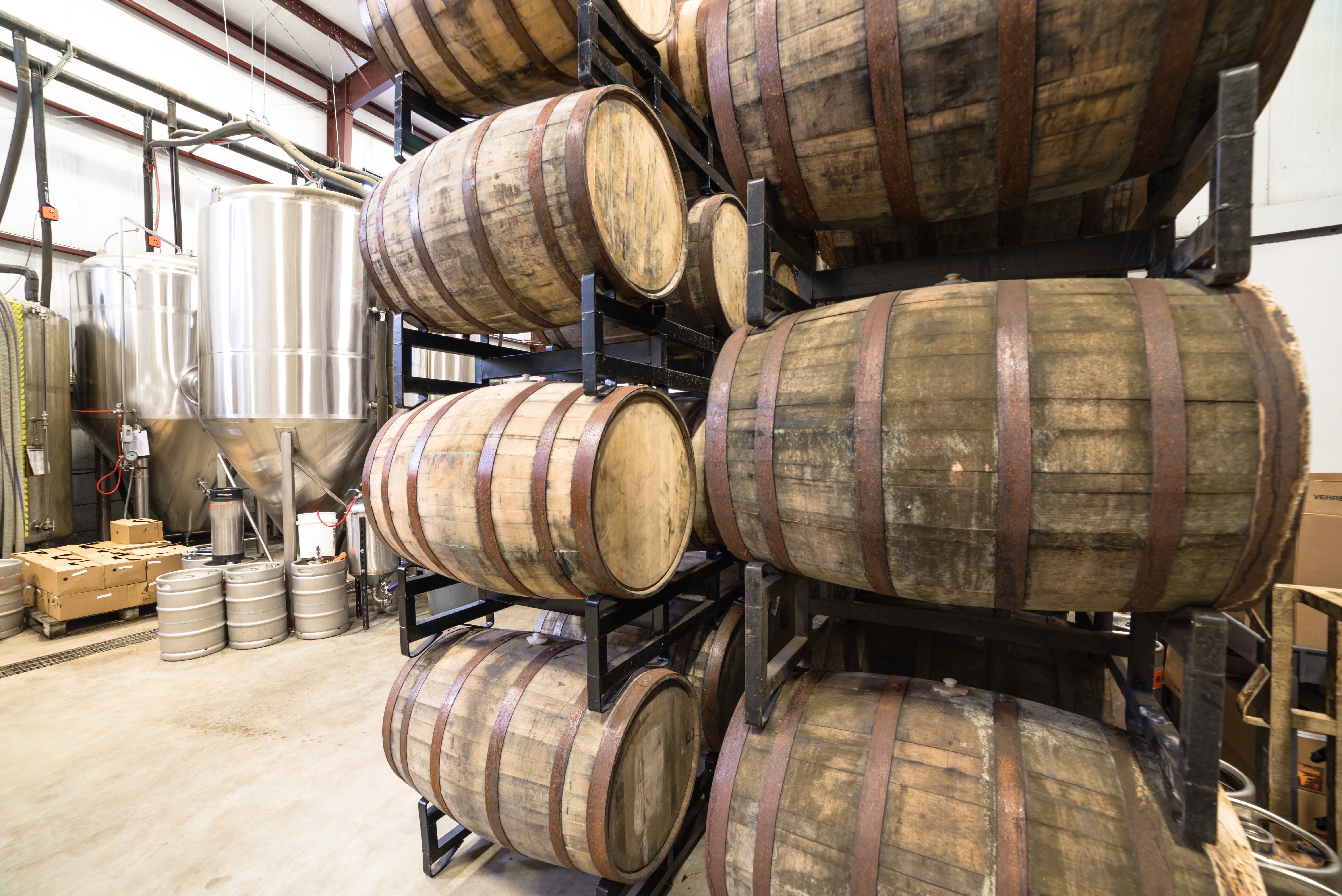Explore Chianti’s rich history, from medieval origins to 18th-century recognition by the Grand Duke of Tuscany. Uncover the diverse terroir, with clay-limestone soils, schistous clay, and sandy loam shaping Chianti’s unique wines. Discover time-honored viticultural practices, including sustainable farming and precise vineyard management. Witness modern innovations like precision viticulture and alternative aging vessels, shaping the future of Chianti winemaking.
Historical Evolution:
Chianti wine’s history is steeped in the traditions of Tuscany, stretching back to the Middle Ages. However, it wasn’t until the 18th century that it gained formal recognition. In 1716, the Grand Duke of Tuscany, Cosimo III de’ Medici, issued a decree delineating the boundaries of the Chianti wine region, marking a significant moment in its history. This decree laid the groundwork for quality standards and production regulations, establishing Chianti as a distinct and prestigious wine region.

During autumn in Tuscany, particularly in the Chianti region, grape harvesting takes place for Chianti Classico wine production. This tradition has deep historical roots, evident in archaeological findings linking ancient Chianti inhabitants, like the Etruscans, to wine culture. Notably, a black-figure amphora from the late 6th century BC, discovered in the Necropolis of Poggino, depicts a banquet scene under a pergola, showcasing the centrality of wine in ancient symposiums. The depiction of grapes on this vessel highlights the importance of fruit in the region’s winemaking history. Additionally, finding Athenian artifacts among grave goods shows the luxury and cultural connections of ancient Chianti’s upper class. These discoveries, kept in the Archaeological Museum of the Sienese Chianti, shed light on Chianti’s history and its long-standing link with wine culture.
Over the centuries, Chianti wines evolved in response to changes in winemaking techniques, consumer preferences, and global markets. In the late 19th century, Baron Bettino Ricasoli played a pivotal role in shaping Chianti’s identity by advocating for the use of Sangiovese as the primary grape variety in Chianti wines. His efforts led to the formulation of the “Ricasoli Formula,” which became the blueprint for Chianti production, emphasizing the importance of Sangiovese blended with other indigenous varieties.
In the 20th century, Chianti encountered various challenges, including the devastating phylloxera epidemic and the proliferation of low-quality wines falsely labeled as Chianti. Despite these obstacles, reforms implemented in the 1960s and 1970s aimed to restore Chianti’s reputation.

In 1984, both Chianti and Chianti Classico were granted DOCG status, initiating significant shifts in winemaking regulations. This included reducing the minimum white grape requirement to 2% and allowing the incorporation of up to 105 foreign grape varieties like Cabernet Sauvignon and Merlot.
Further adjustments in 1996 eliminated the minimum white grape rule and permitted up to 15% foreign grape varieties. Regulations were also introduced to limit yields and encourage modern winemaking techniques, such as controlled temperature fermentation in stainless steel tanks and aging in smaller oak barrels.
Within the Chianti Classico region, the original 7000 hectares were restricted, with lower yields mandated and a higher minimum requirement of Sangiovese at 80%. In 1989, the Chianti Classico Consorzio initiated the Chianti Classico 2000 research program, aimed at identifying superior Sangiovese clones. This led to the replanting of vineyards at higher densities, resulting in vineyards transitioning from 2000 to 5000 vines per hectare, producing just one to two kilograms per plant. The period from 1997 to 2000 witnessed exceptional vintages, attributed to favorable weather conditions and advancements in viticultural and winemaking practices.

Terroir and Viticultural Practices:
Chianti’s terroir is characterized by a diverse range of microclimates, soils, and elevations, which impart unique characteristics to the wines. The Chianti Classico appellation, located in the heart of Tuscany, encompasses a variety of terroirs, including clay-limestone soils, schistous clay, and sandy loam. Each subregion within Chianti Classico contributes distinctive flavors and aromas to the wines, reflecting the influence of terroir on grape ripening and flavor development.

Viticultural practices in Chianti are deeply rooted in tradition, with winemakers employing techniques passed down through generations. Sustainable vineyard management techniques, such as cover cropping, crop rotation, and integrated pest management, are widely practiced to promote soil health and biodiversity. Additionally, many producers adhere to organic and biodynamic farming principles, eschewing synthetic chemicals in favor of natural alternatives.
Pruning, canopy management, and green harvesting are employed to optimize grape quality and yield, ensuring balanced vine growth and uniform ripening. Hand harvesting remains common in Chianti, particularly for premium wines, allowing for selective picking and careful sorting of grapes to remove any imperfect clusters.

Modern Innovations and Sustainability:
In recent years, Chianti winemakers have integrated modern innovations into their practices. Precision viticulture, utilizing advanced tools like drones and sensors, allows for precise monitoring of vineyard conditions such as soil moisture, temperature, and nutrient levels. This data-driven approach enables targeted interventions, such as optimized irrigation and fertilization, leading to healthier vines and improved grape quality.

In the winery, temperature-controlled fermentation, pneumatic presses, and stainless steel tanks ensure consistency and purity of flavor, while oak barrels and aging vessels add complexity and structure to the wines. Many producers are also experimenting with alternative winemaking techniques, such as concrete and clay amphorae, to impart distinctiveness to their wines.
Organic and biodynamic farming practices have become increasingly prominent in the viticulture landscape, driven by a philosophy deeply rooted in respect for the land and its natural processes. One exemplary embodiment of this ethos is Fattoria Cerreto Libri, a historic estate nestled in the heart of Chianti, where Andrea Zanfei and his wife Valentina Libri have wholeheartedly embraced biodynamic agriculture since 1997.

Andrea’s background as a teacher infuses his winemaking with patience and meticulous care. Each step in the process, from cultivating the forty-year-old vines to crafting the final product, reflects a commitment to authenticity and quality.
Central to Cerreto Libri’s ethos is the biodynamic “500” hummus, a potent blend of microorganisms vitalizing the soil. This rich mixture, dynamized with rainwater collected from the estate, fosters biodiversity and enriches the vineyards’ terroir.